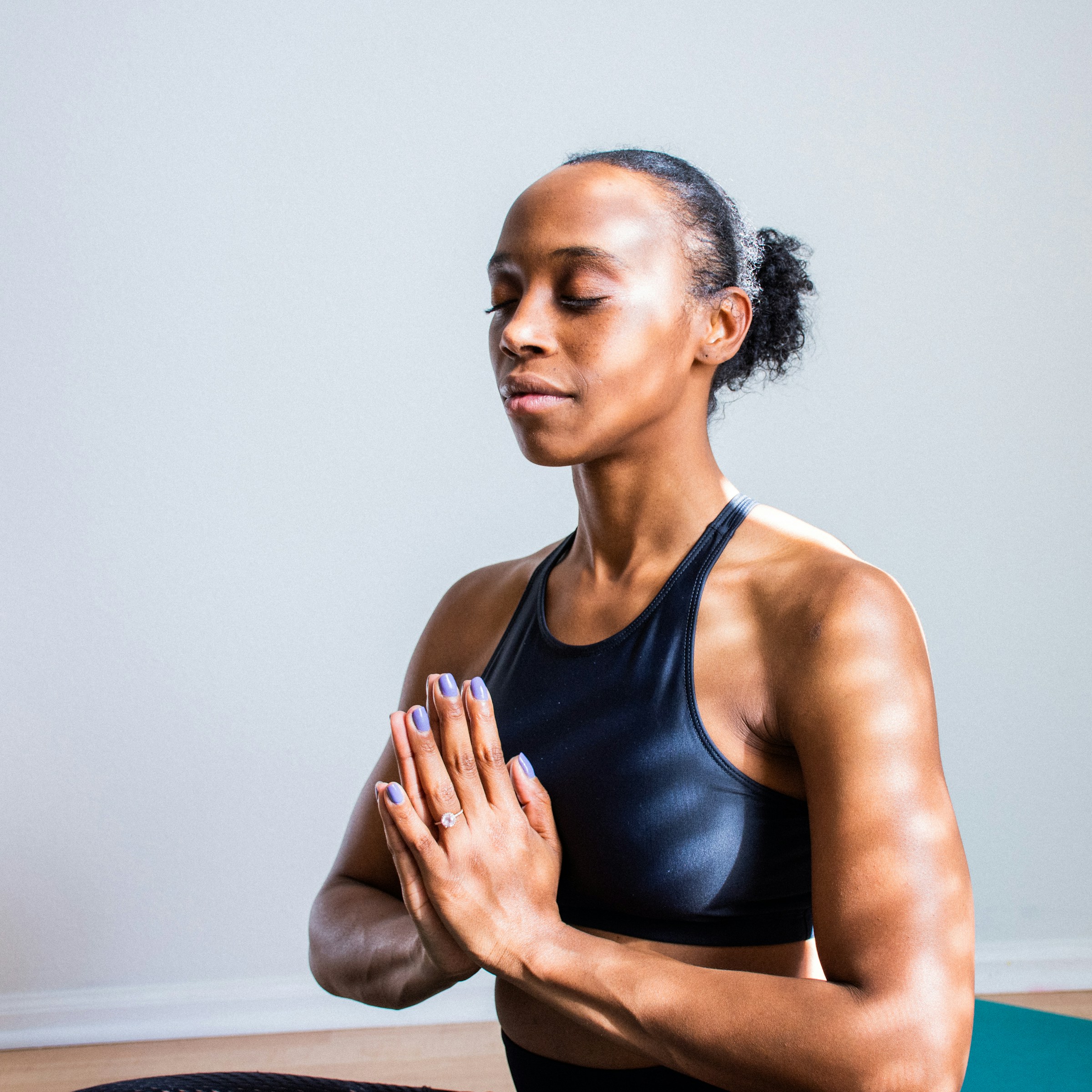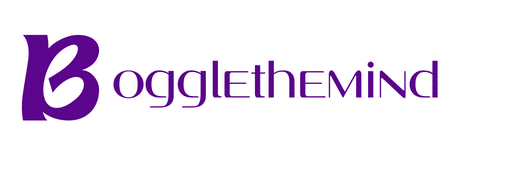How Does Participating in Regular Digital Detox Retreats Affect Mental Health?

In today’s fast-paced digital world, we’re more connected than ever. Yet, ironically, we’re also more disconnected. We’re caught in a cycle of incessantly checking our devices, scrolling through social media feeds, and responding to ceaseless notifications.
This digital saturation can have a negative impact on our mental health, leading to stress, disrupted sleep, and a diminished sense of well-being. But there’s a way to combat the negative impacts of digital overload: digital detox.
A lire aussi : What Is the Effect of High-Altitude Training on Endurance Runners’ Oxygen Efficiency?
A digital detox involves deliberately stepping away from screens and technology for a specified period. Often, people choose to participate in digital detox retreats, where they immerse themselves in activities free from technology. The question is, how does participating in these retreats affect mental health? Let’s delve into this topic.
The Connection between Digital Overload and Mental Health
Before we explore the benefits of digital detox retreats, let’s first understand why these retreats are necessary. It all starts with the link between digital overload and mental health.
A découvrir également : Which Natural Fibers in Clothing Can Help Reduce Skin Irritations?
The unprecedented time we spend on our devices – often upwards of eight to 10 hours a day – has profound impacts on our mental health. Research shows that excessive screen time can lead to anxiety, depression, and even addictive behavior.
Social media, for instance, has been linked to feelings of inadequacy, jealousy, and loneliness. Constantly being available online also increases stress levels, as there’s no real boundary between work and leisure, day and night. The blue light from screens interferes with our circadian rhythms, which can disrupt sleep patterns and lead to fatigue.
The Benefits of Digital Detox Retreats on Mental Health
The concept of digital detox retreats arose from the need to counteract the negative effects of digital overload. These retreats provide an escape from digital distractions, allowing participants to focus on themselves and their surroundings.
One major benefit of digital detox retreats is improved sleep. Without the blue light from screens, your body can regulate its natural sleep patterns more efficiently. You can establish a healthy sleep routine, which is crucial for mental health, as ongoing sleep deficiency can lead to mood disorders and anxiety.
Digital detox retreats can also improve mindfulness. Activities often focus on the here and now, such as yoga, meditation, or nature walks. This helps to shift your focus away from digital distractions and towards your physical presence and surroundings. Regular practice of mindfulness can reduce stress, improve focus, and increase emotional balance.
Mental Health Activities at Digital Detox Retreats
At a digital detox retreat, you often participate in a variety of activities designed to promote mental health. These activities can vary from retreat to retreat, but they always come with the same purpose: helping you disengage from your devices.
One popular activity is yoga. The practice of yoga is known to reduce stress and anxiety. It improves your mood and overall sense of well-being. Combining physical postures, breathing exercises, meditation, and ethical disciplines, yoga helps to quiet the mind and reduce the ‘noise’ regularly generated by our technology-oriented lives.
Another activity often incorporated into digital detox retreats is meditation. Meditation promotes mindfulness, allowing us to be fully present and engaged in the moment, free from distraction. Regular meditation can decrease depression, anxiety, and stress.
Other activities may include nature walks, crafts, journaling, and therapeutic sessions. All of these activities aim to help you focus on yourself, rather than your screen, and cultivate practices that promote mental well-being.
How to Incorporate Digital Detox in Everyday Life
While digital detox retreats offer numerous benefits for mental health, it’s not always feasible to regularly attend these retreats. Thus, it’s beneficial to incorporate digital detoxing into everyday life.
Start by setting boundaries with your devices. Designate certain times of the day to be screen-free, such as during meals or for an hour before bed. Consider having one day a week where you unplug completely.
Replace screen time with activities that promote mental health, like reading, exercising, or spending time in nature. Not only does this decrease screen time, but these activities also have demonstrable benefits for mental health.
Remember, the goal of a digital detox is not to completely eliminate technology from your life. Instead, it’s about creating a healthier relationship with our devices. It’s about taking control over our screen time, rather than allowing it to control us.
Building a Healthier Relationship with Technology
In a world where digital devices dominate, it’s more important than ever to maintain a healthy relationship with technology. Participating in regular digital detox retreats can significantly improve mental health, promoting better sleep, reducing stress, and enhancing mindfulness.
However, a healthier relationship with technology doesn’t stop at retreats. We can carry these benefits into our everyday lives by setting boundaries, replacing screen time with beneficial activities, and practicing mindfulness.
Ultimately, remember that technology is a tool, and like any tool, it should serve you – not the other way round.
Implementing a Balanced Digital Lifestyle Post-Retox
After experiencing the tranquility and enhanced mental well-being during a digital detox retreat, the key is to sustain these benefits post-retreat. This involves creating an equilibrium in our digital age where we make the most of our digital devices without letting them dominate our lives.
To maintain this balance, it is crucial to consciously limit screen time. One way to do this is by using applications that track your screen time and set reminders to take frequent breaks. Taking short breaks from screen time can refresh your mind, reduce stress levels, and mitigate the harmful effects of blue light exposure.
Another essential strategy is to replace screen time with outdoor activities. Spending time in nature can have numerous benefits for mental health. It reduces stress, improves mood, and increases feelings of well-being. Engaging in physical activities such as walking, cycling, or yoga outdoors can offer double the benefits, enhancing both physical and mental health.
It’s also worth exploring traditional hobbies like reading books, painting, or gardening. Unlike scrolling through social media, these activities engage you deeply, improving focus and providing mental relaxation.
Moreover, cultivating a regular mindfulness practice can also help maintain the benefits of a digital detox. This could involve setting aside a few minutes each day for meditation or mindful breathing exercises. Regular mindfulness practice can help to reduce anxiety, improve sleep quality, and enhance overall mental well-being.
The ultimate goal is to shift from compulsive to conscious use of digital devices. It’s about choosing when and how we engage with technology rather than reactively responding to each buzz, beep, or notification.
Conclusion: Embracing the Digital Detox Journey for Mental Health
In conclusion, diving into regular digital detox retreats could prove to be a game-changer for our mental health. The benefits are multifaceted, from improved sleep quality and reduced stress levels to enhanced mindfulness and overall mental well-being.
However, the detox journey doesn’t end with the retreat. It’s equally essential to carry forward the lessons learned during the retreat into our daily lives. By setting clear boundaries with electronic devices, consciously reducing screen time, spending more time in nature, and incorporating mindfulness practices, we can maintain a healthy relationship with technology.
In this digital age, it’s not about disconnecting technology completely but rather about creating a balanced digital lifestyle. It’s about using technology as a tool to aid our lives without letting it overshadow our mental health. In this way, we can harness the benefits of the digital age without sacrificing our mental well-being.
Through regular digital detox retreats and conscious daily practices, we can navigate the digital world with a balanced mind and a healthier perspective. Remember, the power is in our hands to control our engagement with digital devices, not the other way around.
